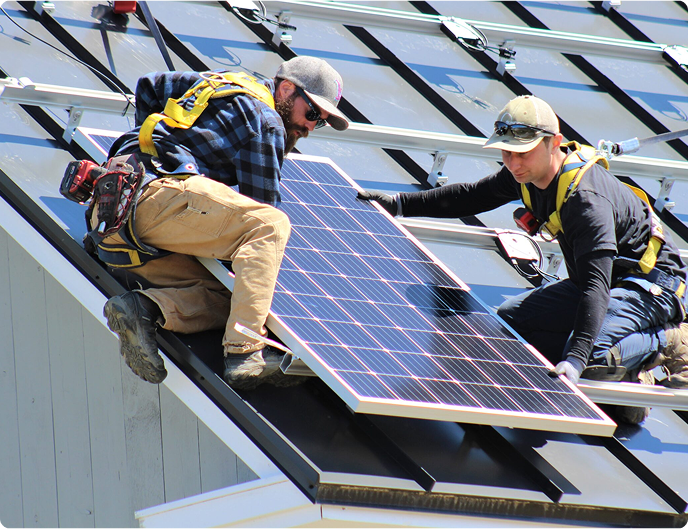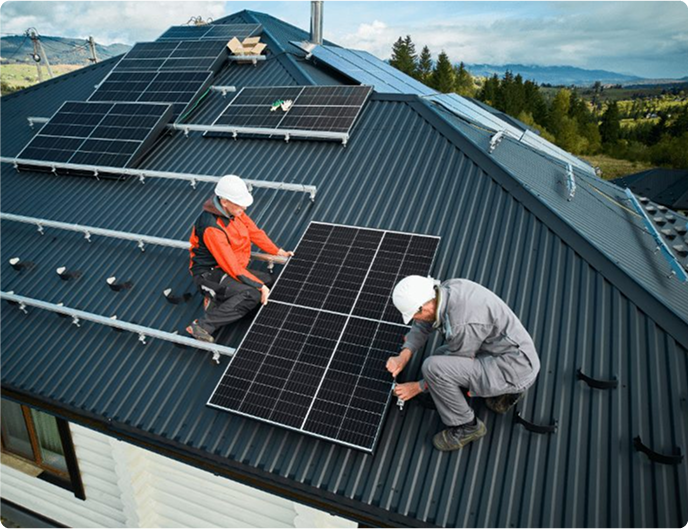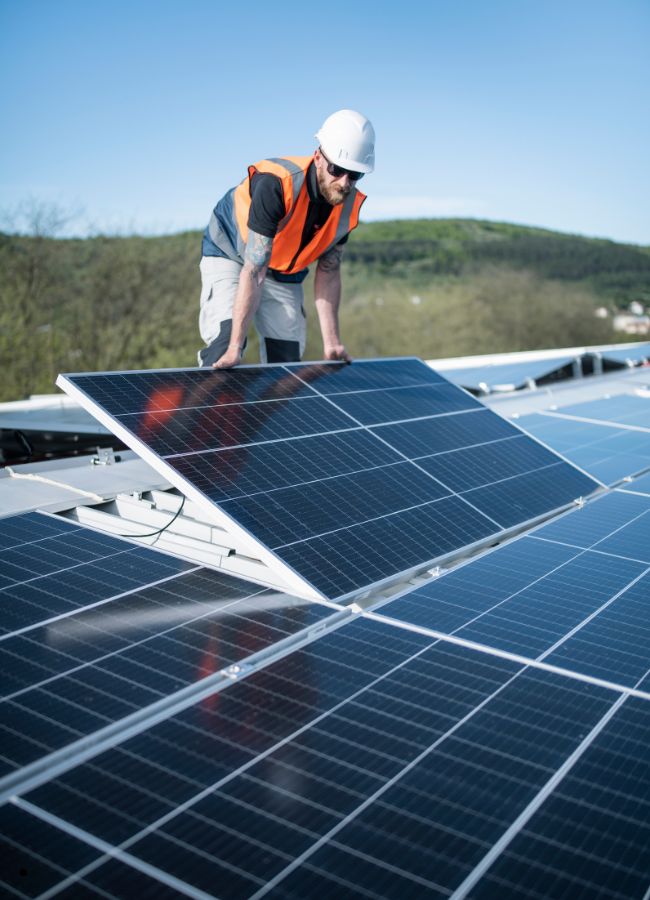Customized Solar Panel Solutions by Goal Solar
📢 Announcement - Federal Government Battery Rebate 2025 - Get Up To $18,600* In Incentive 📢
📢 Announcement - Federal Government Battery Rebate 2025 - Get Up To $18,600* In Incentive 📢
📢 Announcement - Federal Government Battery Rebate 2025 - Get Up To $18,600* In Incentive 📢
📢 Announcement - Federal Government Battery Rebate 2025 - Get Up To $18,600* In Incentive 📢
📢 Announcement - Federal Government Battery Rebate 2025 - Get Up To $18,600* In Incentive 📢
📢 Announcement - Federal Government Battery Rebate 2025 - Get Up To $18,600* In Incentive 📢
📢 Announcement - Federal Government Battery Rebate 2025 - Get Up To $18,600* In Incentive 📢
📢 Announcement - Federal Government Battery Rebate 2025 - Get Up To $18,600* In Incentive 📢
📢 Announcement - Federal Government Battery Rebate 2025 - Get Up To $18,600* In Incentive 📢
📢 Announcement - Federal Government Battery Rebate 2025 - Get Up To $18,600* In Incentive 📢


What size solar system do I need for my home in Australia?
A typical Australian home uses a 6.6kW system, but your exact needs depend on electricity usage and roof space
What solar rebates and incentives are available in Australia in 2024?
The Small-Scale Renewable Energy Scheme (SRES) offers STC rebates, and state-based programs like VIC and NSW provide additional incentives
Am I eligible for a solar rebate in NSW, Victoria, Queensland, or Western Australia?
Eligibility depends on your location, system size, and whether it's a new installation. Most homeowners qualify for STCs.
How long does it take to install a solar system in Australia?
A standard residential installation takes 1–2 days, while commercial systems may take longer.
What happens if my solar panels get damaged or stop working?
Most solar panels come with a 25-year warranty. If damaged, check warranty coverage and contact your installer for repairs.
How much money do you save with solar panels in Australia?
As a general rule of thumb, you could save $400 per year per kW by installing solar. If you install a 6kW solar system, you could be looking at $2,400 in savings each year. However, it's best to calculate saving estimates based on your household and a solar payback calculator can help you do just that.
Is it worth getting a solar battery in Australia?
If you want energy independence and lower reliance on the grid, a solar battery is a great investment.
Is solar energy a good investment for businesses in Australia?
Yes! Businesses save on electricity bills, reduce carbon footprints, and may qualify for tax benefits.
What is our mission?
Mono crystalline solar panels are often touted as the most efficient option and are often installed for larger energy systems in commercial and residential properties. However, panel sizes do vary; therefore, mono crystalline can be used in smaller installations as well.
How do we ensure quality and customer satisfaction?
Mono crystalline solar panels are often touted as the most efficient option and are often installed for larger energy systems in commercial and residential properties. However, panel sizes do vary; therefore, mono crystalline can be used in smaller installations as well.

Request A Free Quote



